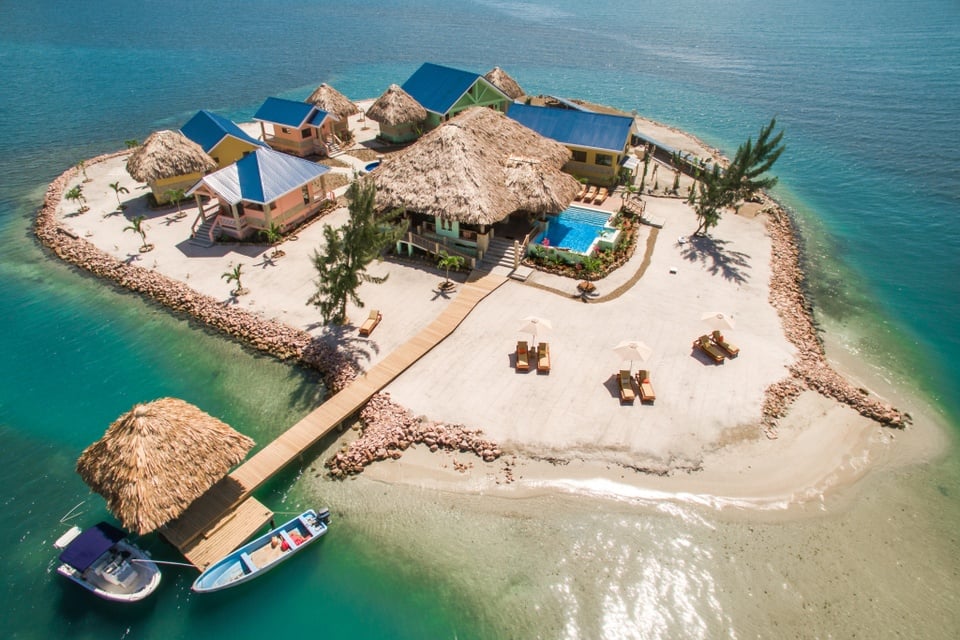 |
A villa on a private island in a global "second home" system. |
For years, luxury vacations have been associated with prestigious resort chains, gold-plated interiors, and 24/7 personal service. But for the super-rich, the concept of “luxury” is changing.
One of the most prominent trends is owning a second home in a favorite destination and then joining a global vacation exchange network.
Exchange of million dollar mansions and penthouses
In this model, instead of being tied to a fixed location, owners put their villas into the system and receive credits to “exchange” for equivalent properties in many other countries. The owner of a beach villa in Phuket can stay at a snow villa in Canada; the owner of a penthouse overlooking Nha Trang Bay can exchange it for a week in a coastal mansion in Mallorca.
What makes this model a “club for the rich” is the selectivity: all guests are second home owners, not strangers, creating peace of mind and a harmony of lifestyle. These properties are often worth from several million to tens of millions of USD, located in isolated locations and have high standard management services.
As a result, a vacation is not just an experience, but also a right to belong to an elite community where each member owns a rare asset and is committed to treating each other’s homes as if they were their own.
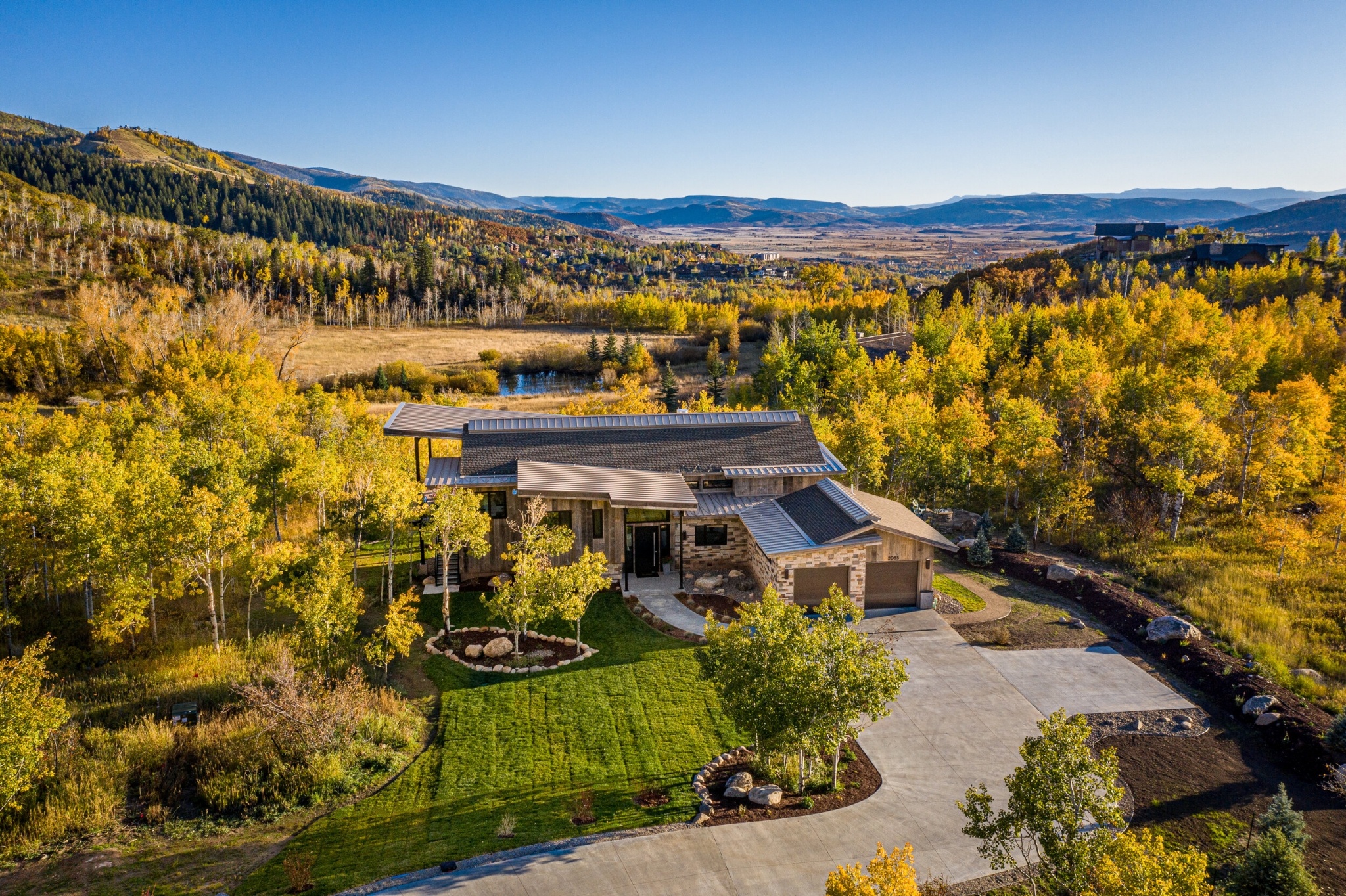 |
The mansions in the model are often worth from several million to tens of millions of dollars. |
The boom of the "second home" model in Asia, especially in Southeast Asia, is pushing this trend to spread. Vietnam, with its rapid development of "second homes" and branded real estate, is considered a new piece on the global luxury resort map.
The world's super-rich target Vietnam
In that context, ThirdHome, the world's largest second home exchange club, has officially come to Vietnam.
Sharing with the media, founder and Chairman Wade Shealey shared that the expansion into Southeast Asia, especially Vietnam, is an “inevitable step” after successes in the US, Europe and Australia.
The Chairman commented that Vietnam has only entered the "second home" development phase in the last 10 years, much younger than Thailand (40 years), Europe or the US. Therefore, the current supply mainly comes from large investors such as Vingroup, Sun Group , BIM, Novaland... Individual owners developing luxury villas themselves are still few because this segment requires very high standards of design, facilities and operation.
“Second home ownership in Vietnam is still in its early stages but is growing rapidly,” added Mr. Wade Shealey.
 |
Mr. Wade Shealey (right) during a sharing session with Vietnamese media. |
Mr. Wade revealed that model members around the world are “in great demand” for destinations in Vietnam, from bustling urban areas to private beach paradises.
Luxury travelers to Vietnam often seek experiences that are impossible in Europe and the US, such as a secluded villa on a small island or a wellness lifestyle amidst pristine nature. He cited the example of an island villa in Con Dao that is part of the system.
“For Europeans, this is a rare experience. They are willing to fly a few extra hours to enjoy absolute privacy.”
Currently, destinations that are highly appreciated by international visitors include Da Nang, Phu Quoc, Nha Trang and Binh Thuan . These are also places where many "second home" projects with beautiful locations and high quality are concentrated. In Mexico, ThirdHome is operating more than 7,000 luxury villas and second homes; therefore, he believes that Southeast Asia can absolutely reach a similar scale.
“Vietnam is witnessing a significant increase in the trend of owning luxury resort real estate as the number of high-income people increases. The second home exchange allows them to travel around the world without being limited to a single destination, year after year,” said Mr. Wade.
This optimism is backed by a wealth of data. A C9 Hotelworks report shows that Vietnam accounts for 41% of the total future supply of branded real estate projects in Asia. At the same time, Vietnam’s luxury tourism market is forecast to grow 6.5% annually between 2025 and 2033, reflecting strong demand from high-end travelers.
Once the unit enters Vietnam, domestic "second home" owners can join the global community with an average asset of 2.4 million USD , accessing vacations that only the super-rich have the opportunity to experience.
Source: https://znews.vn/kieu-du-lich-doi-nha-cua-gioi-sieu-giau-post1606590.html















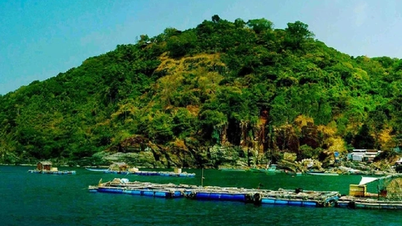











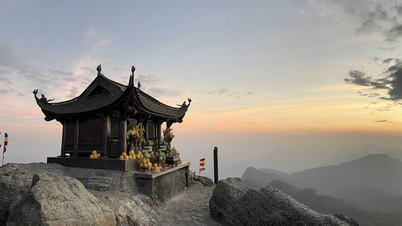






















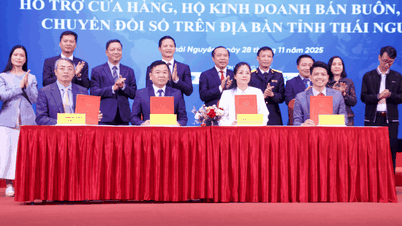











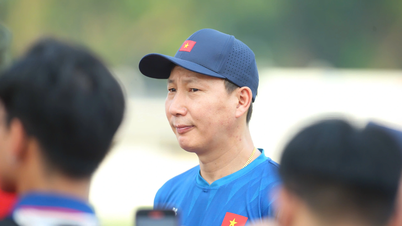













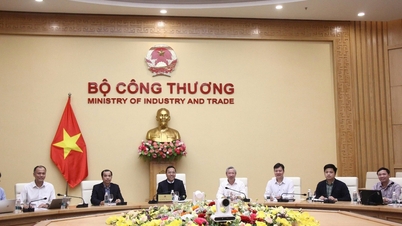

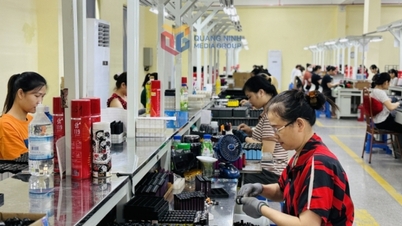




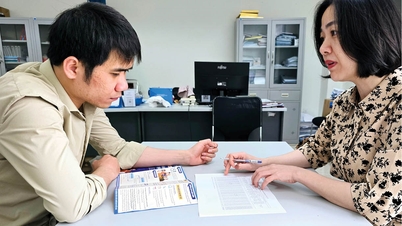

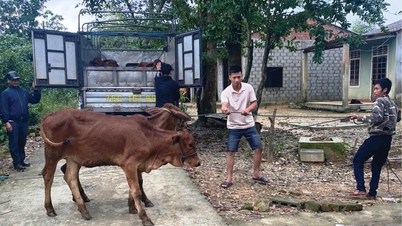



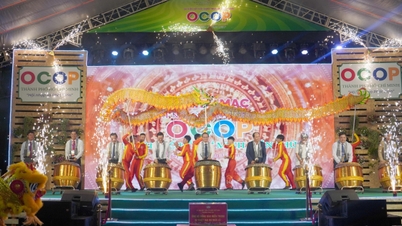










Comment (0)